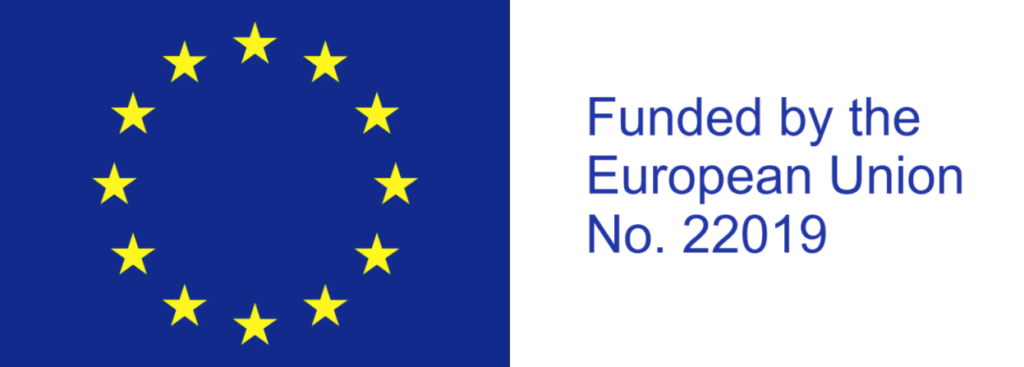LYDIA PROJECT
Recycling critical metals from fuel cells
LYDIA executive summary
LYDIA aims to commercialize low cost components (30% lower to commercial) for hydrogen devices (fuel cell, electrolyzers) through recycling end of life membrane electrode assembly (MEAs) and extraction of PGMs. The new LYDIA unit through a joint venture will recycle 3 M MEAs to produce 200 kg PGM electrocatalysts and 36000 m2 Nafion membrane, to be applied in new MEAs and be utilised in the manufacturing of low-cost green energy production devices for e-mobility.
Background of the project
The 2020 EU Renewable Energy Directive set the limit for 10% of EU transport fuels to come from renewable sources, paving the way for the rapid growth of Fuel Cells and Electrolysers, whose combined markets reached 371 M EUR in size in 2020. Acidic polymer electrolyte membrane (PEM) and alkaline (AEM) fuel cells are the most promising technologies and have been already used in automotive market (TOYOTA Mirai) and space travels (Gemini/Apollo).
Project objective and scope
- Establish a semi-industrial pilot at MONOLITHOS demonstrate the manufacturing of new electrocatalysts:
- EoL PEM Fuel cells or MEAs for Pt, Ru and PFSA recovery.
- EoL PEM Electrolysers for Pt, Pd, Ir, Ru and PFSA recovery from PEM electrolysers.
Starting capacity ca 300,000 MEAs to be escalated to ca 3 M MEAs in 5 years (feasible as each fuel cell car has ca 400 MEAs). Fuel cells utilized in electric car contain about 30-60 g Pt, while commercial electrolysers usually contain 3 mg Ir and/or Ru per cm2 of anode, reaching up to max 3 g of Ir/Ru per electrolyser.
- Manufacture new electrocatalysts (Pt/C, Pd/C, IrO2, RuO2 – 10 kg) and regenerate the Nafion™.
- Utilise Pt/C electrocatalysts for the production of new MEAs to be used to produce a low-cost high temperature PEM fuel cell.
Impact and benefits
LYDIA impacts and benefits are aligned with EIT RM Agenda, turning the raw materials dependence into a strategic EU strength, enabling sustainable competitiveness of the European minerals, metals and materials sector along the value chain by driving innovation. WP2 sets a communication plan for awareness to increase the impact and benefits generated by EIT RM and inform stakeholder groups about the relevance of KIC activities and achievements.



